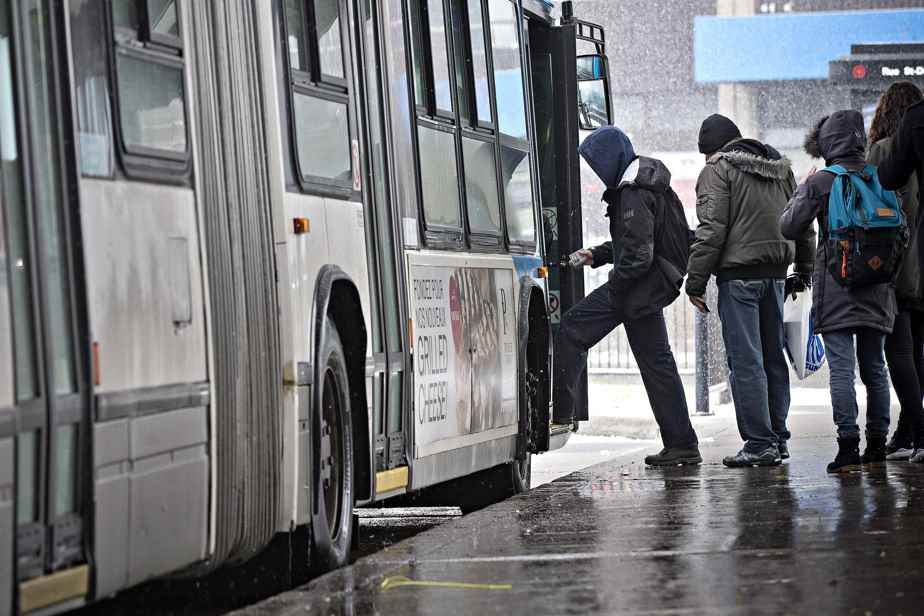(Toronto) Transit companies across the country continue to struggle financially. They still have not recovered the sums lost during the COVID-19 pandemic, because users are slow to return.
For example, the Société de transport de Montréal estimated in November that its losses would amount to 77.7 million in 2023, which could cause service cuts. It also announced at the beginning of January that it was ending its commitment to place a bus every 10 minutes on its eight busiest routes.
The organization says it expects attendance to be around 70% to 80% of that before the pandemic. No rate increase is in sight, but in July, the Regional Metropolitan Transport Authority carried out a rate reform.
The Toronto Transit Commission has chosen another avenue. It announced last week a 10-cent hike to $3.35 for one pass. She also indicated that services would be reduced to make up for a deficit of 366 million.
However, experts warn organizations against these easy solutions which could “create a vicious circle”. Fare increases and service reductions risk alienating users, which could aggravate financial problems and lead to further cuts.
Shauna Brail, an associate professor at the University of Toronto, says fare hikes and service cuts will hit the well-being and pocketbooks of low-income riders already struggling with inflation and rising cost of life.
“Raising prices isn’t necessarily a bad thing if it causes improvements, but the hike doesn’t even maintain the level of service we had, so it’s survival,” she says.
“Higher fares and reduced services will not help attract users,” adds Brail.
Cherise Burda, the executive director of a research center at the University of Metropolitan Toronto, recalls that more reliable and faster services are the sources of high attendance. They can prevent transit companies from falling into “a death spiral.” »
At the end of the pandemic, we must also find new ways to attract customers. Mme Burda says work habits have changed significantly in recent years. Several companies have adopted a hybrid teleworking formula.
More encouraging in her view: non-work related travel is returning to pre-pandemic levels. People use public transit for reasons other than work.
One of the solutions would be to obtain recurring sums from other levels of government so that transport companies are less dependent on fare revenues, recommends Prof. Brail.
For example, fares only increased by an average of 2.3% in Vancouver following an agreement with the British Columbia government.
However, M.me Burda says cities and transit agencies need to focus on ways to establish new customer base.
“We are currently concerned about balancing budgets because that is what municipalities have to do. However, it is an opportunity to examine how we can attract new customers by offering new routes or by addressing new segments of the population. »
This article was produced with the financial support of the Meta Fellowships and The Canadian Press for News.
